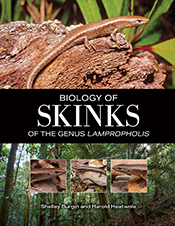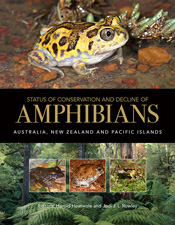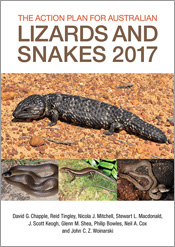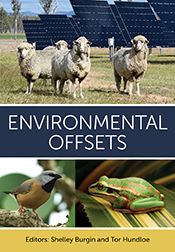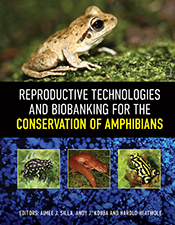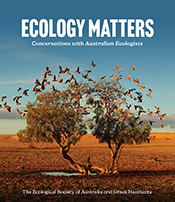Biology of Skinks of the Genus Lampropholis
By: Shelley Burgin, Harold Heatwole
An essential reference for biologists, herpetologists, conservationists and wildlife managers.
This book provides the first detailed summary of the biology of the genus Lampropholis, also known as Garden Skinks, Grass Skinks, Litter Skinks, Penny Lizards, and Sunskinks. + Full description
This genus, an Australian endemic, includes two common, widespread species (one of which has been inadvertently introduced into Hawaii, New Zealand, and Lord Howe Island) and a group of satellite species with restricted geographic distributions. Much information about these lizards resides in obscure articles and unpublished theses. This book integrates those scattered data, providing the first comprehensive account of all aspects of the biology of the genus, including its life history, distribution, dispersal, ecology, behaviour, thermal biology, physiology, diet, predators, parasites and diseases, population biology, genetics, threats and conservation, taxonomy, phylogeny, and evolution.
This volume is essential reading for biologists in general and especially herpetologists, conservationists, naturalists, park rangers, managers of natural resources and wildlife, policy-makers involved with conservation, and anyone with an interest in Australian wildlife.
- Short descriptionNews
Sales in Australia and New Zealand only. Elsewhere, this title is available through CRC Press (external link).
Details
Hardback | January 2026 | $295.00ISBN: 9781486319480 | 320 pages | 270 x 210 mm
Publisher: CSIRO Publishing
Colour plates, Illustrations
Features
- Covers the entire scope of the biology of the genus Lampropholis including its life history, distribution, dispersal, ecology, behaviour, thermal biology, physiology, diet, predators, parasites and diseases, population biology, genetics, threats and conservation, taxonomy, phylogeny, and evolution.
- Contrasts the biology of two widespread versatile species with that of 12 other congeneric species with restricted distributions.
- Examines the dispersal of Lampropholis delicata to far-flung areas in the Pacific, such as New Zealand and Hawaii where it became established and re-adjusted to different physical and biological contexts and interacted with native biota.
- Brings together and reviews the literature from unpublished theses and in remote publications that are not readily accessible otherwise, beginning with the description of the first species in 1839.
- Considers the genus as a model taxon for understanding the interaction of ecology and genetics in the evolution of lizards.
Contents
Preface1: Introduction
2: Distribution
3: Lampropholis delicata: An invasive stowaway
4: Behaviour
5: Natural history and life cycles
6: Thermal biology
7: Physiology
8: What’s on the menu? The diet of Lampropholis
9: Predation on Lampropholis
10: Parasites and pathogens
11: Population biology and the ecological niche
12: Threats and conservation
13: Genetics
14: Taxonomic and evolutionary history
15: Lampropholis: An emerging model taxon
16: Where are we now and where do we go from here?
Colour plates
Appendices
Index
Authors
Shelley Burgin is an Emeritus Professor at the University of Western Sydney, NSW, Australia. In the mid-1970s, as a mature-aged student, she undertook an undergraduate degree in Environmental Studies at Griffith University, Queensland. Her Masters thesis (University of Papua New Guinea) focused on crocodiles and her PhD thesis (Macquarie University) was on the taxonomic and phylogenetic relationships of Lampropholis. In 2001, she was inducted as a Fellow of the Royal Zoological Society of NSW and in 2018 as a Member (General Division) of the Order of Australia. She has in excess of 200 publications, and also was also a co-author of Environmental Offsets.
Harold Heatwole is Adjunct Professor at the University of New England, NSW, Australia, and Professor Emeritus at North Carolina State University, USA. He has four doctorates and 376 scientific publications to his credit and edited Ecology in Australia (7 volumes) and Amphibian Biology (13 volumes). He was President of the Great Barrier Reef Committee (1980–1982), Foundation President of the Australian Coral Reef Society (1982–1983), and Editor-in-Chief of Integrative and Comparative Biology (2010–2014). His other books include Status of Conservation and Decline of Amphibians and Reproductive Technologies and Biobanking for the Conservation of Amphibians.

